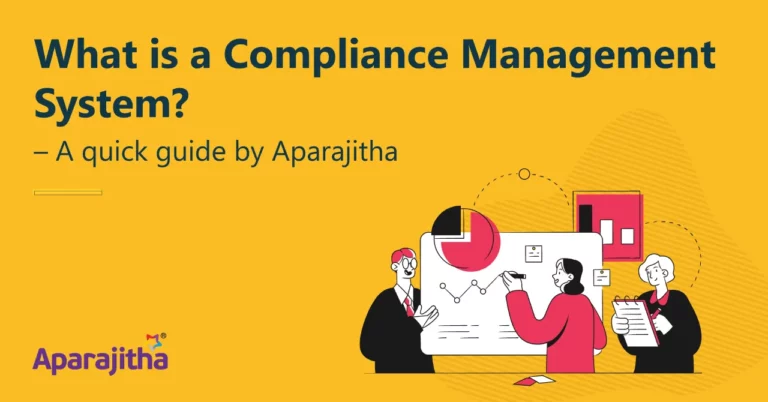With the rapid increase in tech solutions, it can be easy to assume that plugging in some software will magically help an enterprise ensure compliance technology. However, unless the software in question enables or supports certain basic, age-old practices within the organization. Like accountability, for instance.
Regulations have always been complex and many-layered. Best practices dictate that enterprises set up a clear structure of responsibility and accountability for compliance technology. This step-level allocation of responsibility is intended to make the entire process easy to enforce, monitor, and where required, sanction. Understandably, such a system is well established in the enterprise, something that is set up and running over a long period of time. It is likely to be highly specific and unwelcoming of any change in structure.
So what happens when new technology is introduced in such a system?
Dependent on the technology solution itself, one of two things can happen. –
- Software Organ Rejection
- Spike in Efficiency
That’s right. There’s no middle result. It either works or it doesn’t. Let us examine both eventualities.
Software Organ Rejection
There are a hundred reasons why a particular software might not be the right fit for an organization. Feasibility, viability, ROE (return on effort), etc. However, the biggest reason would be disruption to internal systems.
When a newly installed compliance software and compliance technology rocks the boat too much, disrupts the system of checks and balances, it is no longer viable. It might be capable of learning over a period of time, but this capability becomes redundant in the face of short term disruption.
Hence, the new software organ is rejected by the enterprise organism.
Spike in Efficiency
On the other hand, if the software is able to integrate not just at a technical level, but at a process level of the enterprise, it results in a measurable spike in efficiency. This is possible only if the software enables, in addition to the broader requirements of the regulation, a very specific ability for allocation.
Task assignment, reassignment and tracking. The three-fold process of allocation. While task assignment takes care of emulating the existing system in a virtual setup, reallocation makes this flexible and scalable, responsive to changes in the org structure, additions and subtractions in the department. Ultimately, tracking ensures that tasks are carried out; the pressure is gentle because the system is transparent and virtual.
While scouting for good compliance software, or even re-evaluating your existing system, be sure to question how disruptive it has been to the existing system, and its potential for integration.
The test is simple. Responsibility and accountability.
Join the conversation.
Share your comments and feedback withcompfie@aparajitha.com







